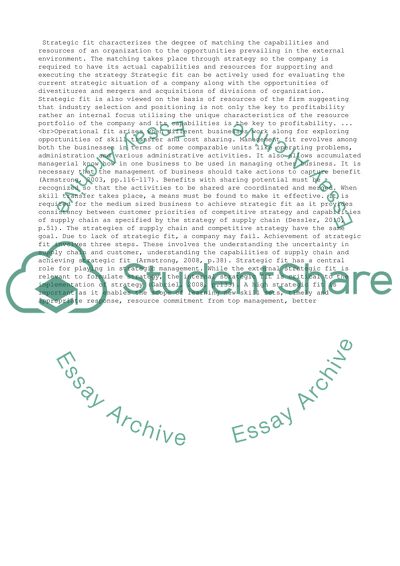Cite this document
(“Business Strategic Management Essay Example | Topics and Well Written Essays - 2750 words”, n.d.)
Retrieved from https://studentshare.org/business/1404345-strategic-management
Retrieved from https://studentshare.org/business/1404345-strategic-management
(Business Strategic Management Essay Example | Topics and Well Written Essays - 2750 Words)
https://studentshare.org/business/1404345-strategic-management.
https://studentshare.org/business/1404345-strategic-management.
“Business Strategic Management Essay Example | Topics and Well Written Essays - 2750 Words”, n.d. https://studentshare.org/business/1404345-strategic-management.


